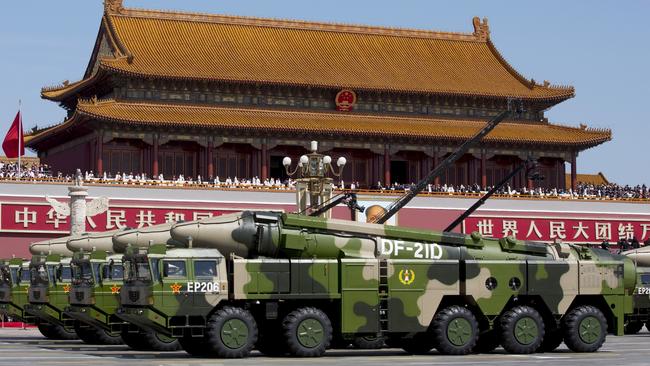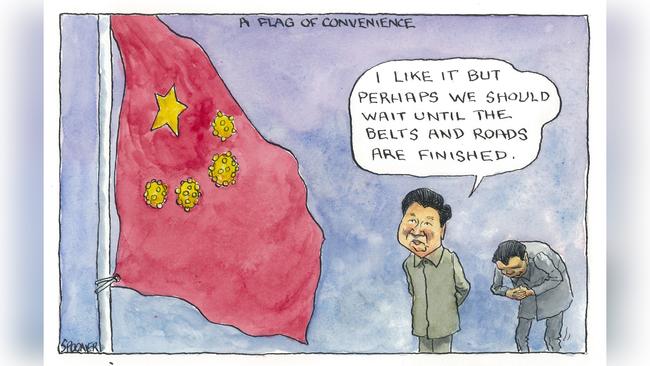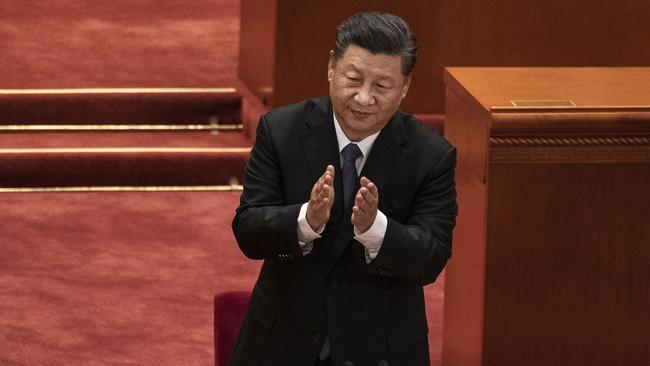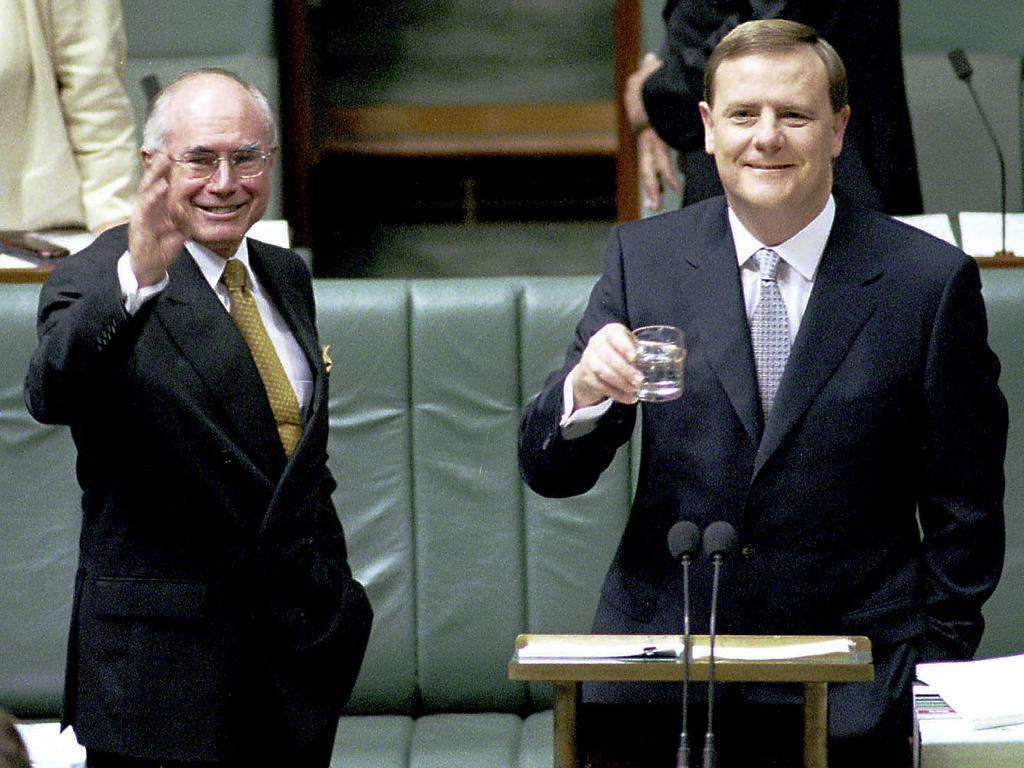
The end of last year has brought remarkable policy and propaganda shifts in Beijing, mostly unreported in the democracies, that consolidate the CCP’s control of the military and make the PLA’s development the core of Xi’s personal authority.
On December 18, a story in party newspaper the People’s Daily stated “Xi does not simply command the PLA from behind a desk”. His “thinking” is central to attaining more powerful combat capability, which “should be the ‘sole and fundamental’ benchmark of the military”.
The key message was clear: the PLA has “strengthened its resistance” to “erroneous political views” and understands that “the party commands the gun”.
In following days Xi issued regulations to build “a strong and modernised logistics system for the military”, to establish “a new system for training military personnel” and a “set of newly revised military metrology regulations”. He also promoted four military and armed police officers to the highest rank of general.
On December 27, China’s National People’s Congress endorsed a new national defence law which, according to Global Times, was needed “for China to boost its national defence capabilities, including the capabilities to use them overseas for just causes”. A centrepiece is that “all citizens should enhance their ideas in national defence and improve their national defence skills”.

For an Australian audience, the temptation may be to dismiss these prescriptions as ideological rhetoric that sound closer to the Cultural Revolution than capitalism with Chinese characteristics. It would be a mistake to draw that conclusion. The national defence law is the most developed stage of Xi’s “military-civil fusion development strategy”, which puts the PLA at the centre of Chinese industry, logistics, education, science and technology. One explicit goal of the program is a policy known as “the fundamental domain resource sharing system”, which is designed to ensure military requirements are built into the civilian construction of any airport, port, road, railway and communications network.
You can be guaranteed that, should it proceed, the Chinese construction of a fishing plant at Daru in Papua New Guinea will be designed with PLA military needs given priority. Throughout the Pacific, Chinese companies are constructing or repairing military-grade runways and long wharfs that exceed realistic commercial uses. Why? Because of Xi’s military-civil fusion strategy.
No areas of Chinese society are exempt from being swept into this fused world of military and civil life directed toward achieving the strategic goals of the CCP.

Xi is, in effect, militarising his country. In 2016, he assumed the uniformed role of military commander-in-chief and as the People’s Daily enthuses: “Over the years, he inspected troops, boarded warships, and learned about the flight training in the harsh Gobi Desert.”
Chinese propaganda is giving considerably more coverage to PLA exercises and activities. In the days around Christmas, we learned PLA navy aircraft carrier Shandong transited the Taiwan Strait on its way “to conduct training in relevant waters of the South China Sea”.
On December 22, Global Times reported that PLA air force and Russian bombers flew a “joint patrol” over the Sea of Japan and the South China Sea, apparently because “China and Russia have constant and common concerns on the strategic stability in these regions”. This repeat of a 2019 exercise “means the China-Russia joint aerial strategic patrol will become routine in the future”. The same day it was reported a US destroyer, the USS John S. McCain, had “trespassed” in the South China Sea and had been “expelled” by China’s Southern Fleet.
On December 28, the People’s Daily reported the PLA had been equipped with the “world’s lightest heavy machinegun”, which would be “particularly useful in high-altitude and mountainous regions, or in amphibious landings”. This is a reference to recent clashes the PLA has had with India along the Himalayan line of control, and to Beijing’s relentless pressure on Taiwan.

All the developments mentioned are easy to find in Chinese English-language media and on official websites. Beijing is not hiding its intentions.
Australia so often persists in failing to see the obvious, which is that for years Xi has been positioning the PLA to take the lead in redesigning the strategic balance in the Indo-Pacific. This means overturning what is left of the international status quo because Xi believes it is incompatible with China’s sovereignty and security.
The 100th anniversary of the founding of the CCP is in June, which Xi has set as a landmark moment when the PLA must have made “major progress” toward “informatisation” — the ability to fight as a hi-tech and connected unit. Xi also has set an interim goal for the PLA’s military modernisation to be “basically complete” by 2035, and by the 2049 centenary of the CCP’s takeover the PLA is supposed to be a “world-class” military. These last two dates distract the democracies from understanding how fast the PLA is developing, which is already ahead of the US (according to the Pentagon) in ship building, land-based ballistic and cruise missiles and air defence.
Xi is 67. It is possible but unlikely he will be leader in 2035 at 82. It’s far likelier Xi is trying to accelerate the timetable for delivering the PLA’s “world-class” military status in the next few years. This combines to make this year one of significant danger in the Indo-Pacific. With the US administration in an ugly transition, with COVID-19 absorbing the attention of the West, what would Xi’s assessment be of the risks he would face if he were to launch a surprise attack on Taiwan?
In cosy Canberra, the consensus has been that such an attack is unthinkable. What that means is that people are not thinking about it, would prefer not to have to think about and hope others (like Joe Biden) won’t seek our views. If we do face a crisis over Taiwan this year, none of us will have the excuse of saying that Xi had not signalled his intentions.
Peter Jennings is executive director of the Australian Strategic Policy Institute.







Chinese Communist Party general secretary Xi Jinping is shaping to make the People’s Liberation Army his primary vehicle for driving the party’s strategic aims this year.